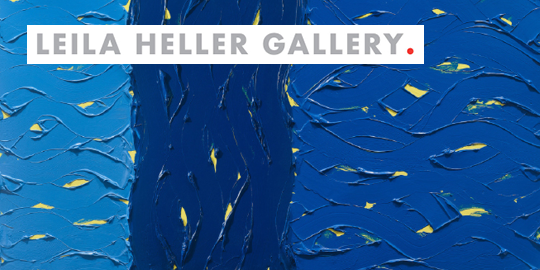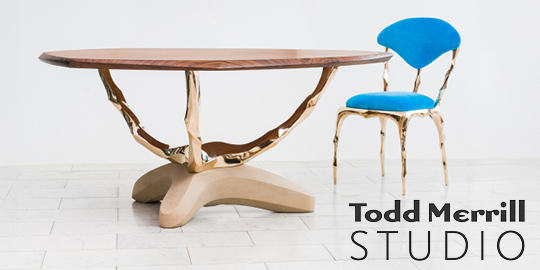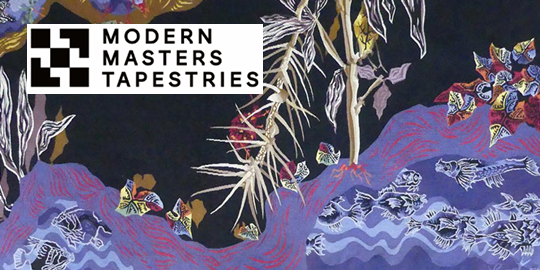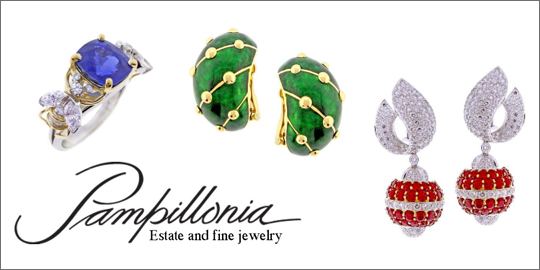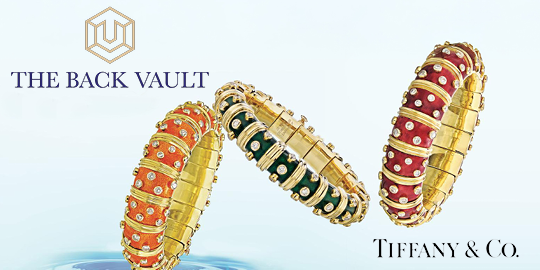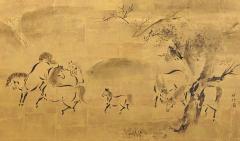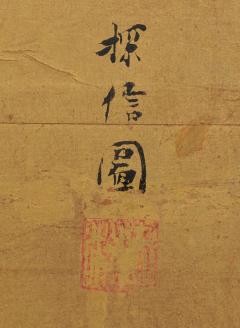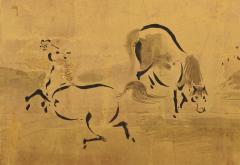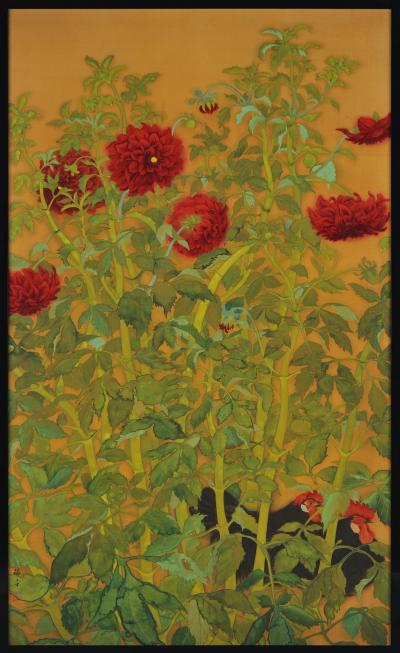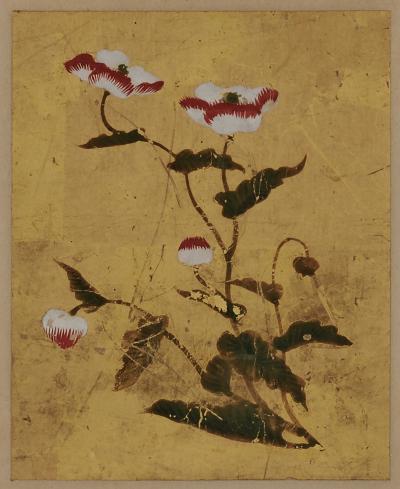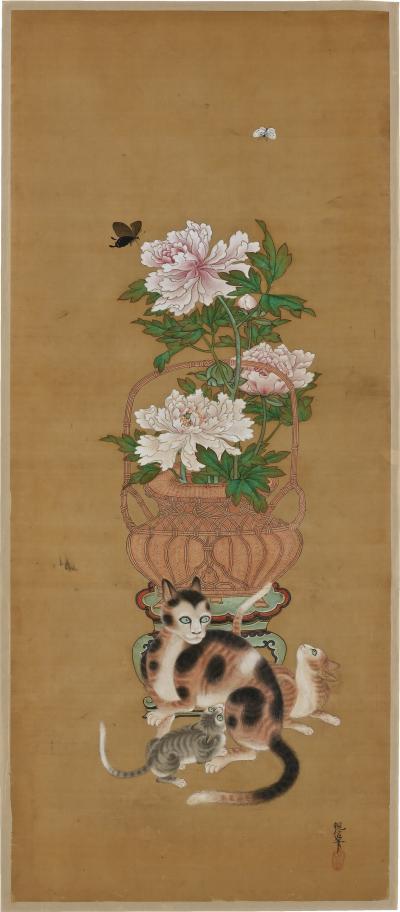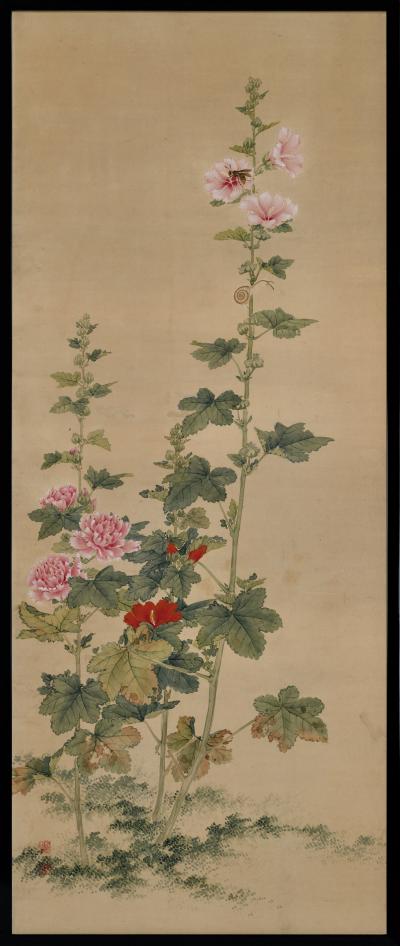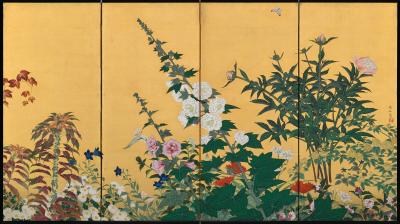Japanese Screen. Late 17th/early 18th Century. Two-panel Horses.
-
Description
A two-fold tea-ceremony or furosaki Japanese screen from the late 17th or early 18th century by Kano Tanshin Morimasa.
China originally introduced horse paintings to Japan; the works typically focused on capturing the essence of horses in their various environments and often involved integrating human figures into the images. The Kano school was closely aligned with the Samurai class. Often, their paintings of horses abandoned the scenes and customs of ordinary life—no longer were the horses strictly classifiable as war horses, pack horses, or draught horses; the horses were no longer tied to the customs of daily life. The Samurai, who lived in a closed and rigid hierarchical society established by the Shogunate, favoured the energy and freedom horses symbolise; Kano school artists commonly depicted the equine creatures as they are here, in unfettered and carefree family groups.
Kano Tanshin Morimasa (1653-1718) was the son of Kano Tanyu (1602-1674) by his second wife. Tanyu had originally planned for Kano Toun Masanobu to succeed him as head of his Kajibashi Kano branch; the late birth of his son, however, altered that plan. Upon his father’s death in 1674, Tanshin became head of the Kajibashi. As is evidenced by this work, he painted in the same manner as his father, the man by whom he was trained. Tanshin received the honorary Buddhist title of Hogan (eye of the law) in 1715. This tea-ceremony screen predates that.
For a comparable work of art by his father, Tanyu, please refer to a pair of screens sold through Christies in 2007. - More Information
-
Dimensions
W. 72 in; H. 22 in; W. 182.88 cm; H. 55.88 cm;
Message from Seller:
Kristan Hauge Japanese Art, based in Kyoto's museum district since 1999, specializes in important Japanese screens and paintings for collectors, decorators, and museums worldwide. Contact us at khauge@mx.bw.dream.jp or +81 75-751-5070 for exceptional access to Japanese art and history.


